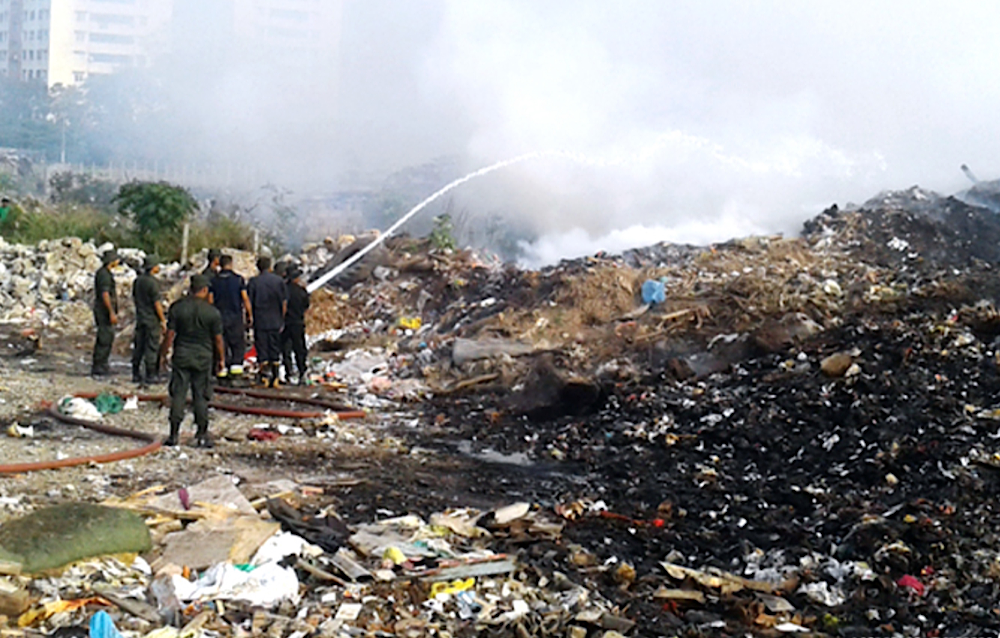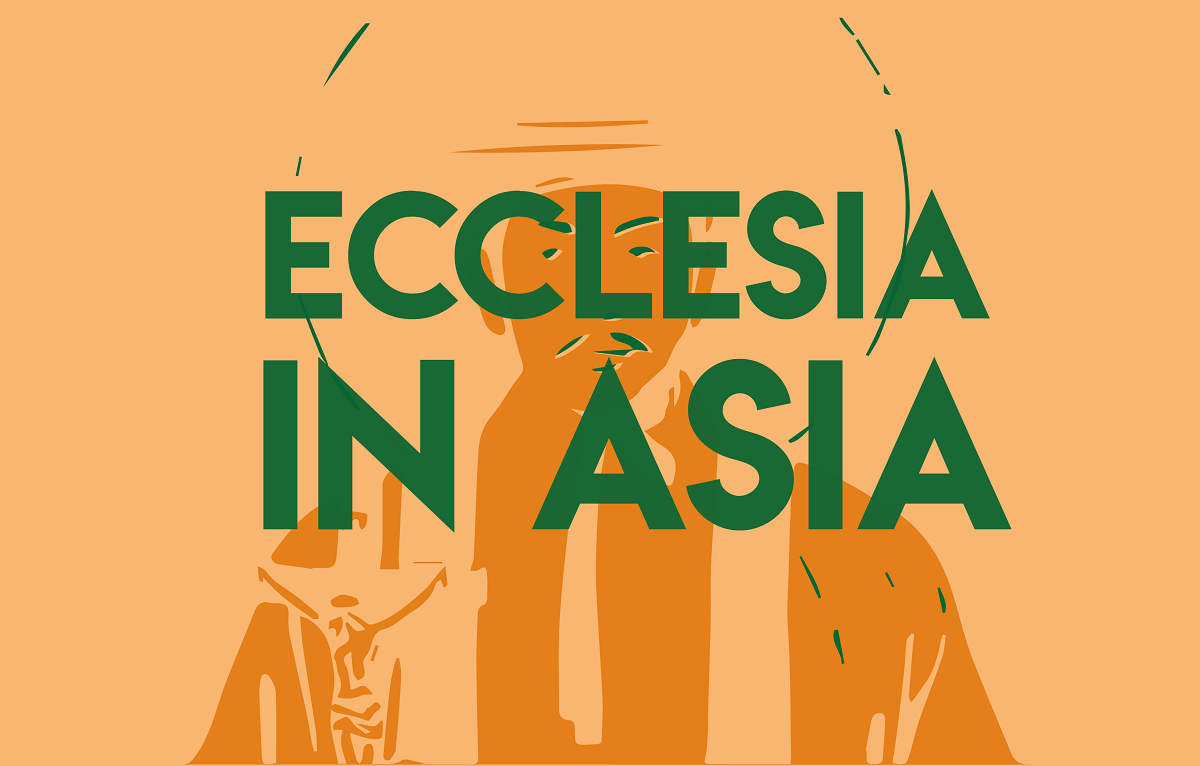Colombo's Madampitiya landfill a 'serious threat' to the environment and health
The accumulation of waste has reached a height of 15 meters and is located near houses, schools, restaurants and shops. It is the only storage site for non-degradable waste in the capital. Fears of an accident similar to the Meethotamulla landslide in 2017, which caused 32 deaths.
Colombo (AsiaNews) - An environmental emergency is worrying experts and ecologists in Sri Lanka: the controversy revolves around the Madampitiya landfill site, managed by the Colombo Municipal Council (CMC), which represents a “serious threat” to the entire area due to the accumulation of waste that has reached up to 15 meters in height.
Located in the immediate vicinity of homes, schools, restaurants and shops, the site is growing to dangerous proportions with waste being dumped every day.
The peculiarity is that it is the only non-degradable waste storage site in the capital area, after the closure of the Meethotamulla and Bloemendhal landfills.
CMC officials believe that the Urban Development Authority (UDA) must take steps to find new space, otherwise the volume of waste in Madampitiya will continue to increase to the point of becoming a serious threat to humans and the environment.
Many remember the landslide that occurred in 2017 in the Meethotamulla landfill and the toll in terms of human lives: 32 dead, eight missing and 1765 people affected in various ways.
Until recently, Sri Lankans had limited awareness of waste disposal in their neighborhoods and of keeping the environment clean, focusing their attention only on their homes and the area in front of them.
Most were unaware of the dangers of pollution and how it can affect the health of the country and people's lives. This attitude is reflected in the policies of general disinterest shown by central and local authorities, including municipal councils.
Shahina Mysan, a management engineer at CMC with expertise in solid waste management, reports that “the Madampitiya landfill covers two or three acres, with waste piled up to about 15 meters high. In our assessment, it represents a potential threat to residents in the surrounding area, especially during the rainy season.
Hence the appeal to quickly find another place for the waste: “These are urgent issues that we must address to avoid disasters like the one in Meethotamulla. I have raised this issue at every meeting I have attended, but I am not sure the authorities have grasped the gravity of the problem”.
Senior officials at the Ministry of Urban Development, Construction and Housing admit to being aware of the issue ‘raised by CMC regarding waste management’, although so far there have been no concrete answers.
The government intends to start operations at the Aruwakkalu landfill in Puttalam (northwestern province) by the end of the year, focusing in particular on non-degradable waste as a solution to the excessive spillage at the Madampitiya site. Tests are scheduled to begin in late March or the first week of April.
Arjun Pathmarajah, 58, SitthyMohammed, 57, and Nirmalan Ravichandrarajah, 53, residents of the Madampitya area, tell AsiaNews about the seriousness of the problem: “CMC disposes of about 800 tons a day. Generally the solid waste is dumped in the open and burned, with consequent health problems for the inhabitants of the surrounding residential areas”.
“Because CMC collects unwanted items in the form of domestic, industrial, hospital and commercial waste without an adequate disposal system, this poses a threat to the environment and public health,” resulting in epidemics of dengue fever, malaria and other respiratory diseases such as asthma.
“Currently, about 50% of the children and elderly people in our neighborhood suffer from these diseases. At the same time, the stench coming from the site, especially on rainy days, is unbearable. We have filed complaints with the authorities over the past few years, but no action has been taken to resolve the problem.”
“During election campaigns, politicians visit our homes and promise to implement measures to address this problem. Although this practice has been adopted in recent years, once they enter parliament and power, they completely forget about the problem. Our health and the environment - they conclude - deteriorate every day without adequate action” in an area where ‘about 11,000 families live’.
12/02/2016 15:14
07/02/2019 17:28







.png)










